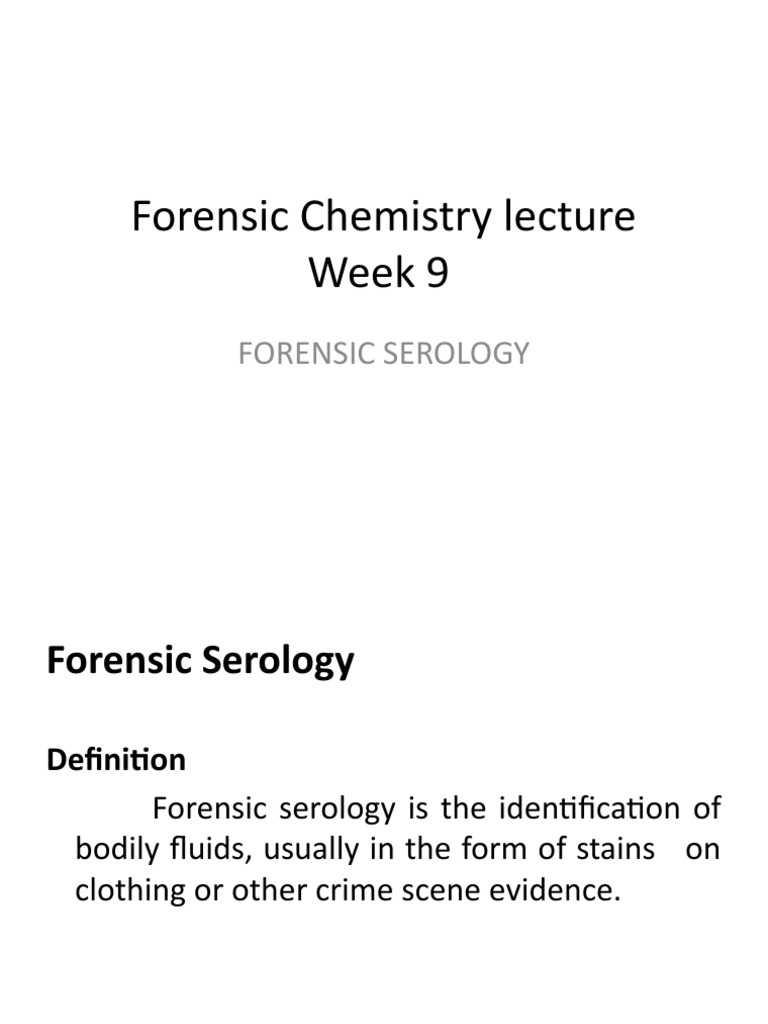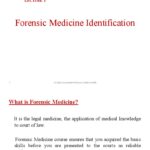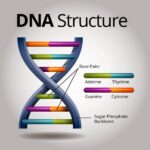The crimson stain. It’s a visceral image, isn’t it? Something primal within us reacts to its presence. Whether it’s a fleeting scrape or a scene painted with arterial spray, blood commands attention. But beyond the immediate, perhaps instinctive, response, lies a wealth of forensic significance. Blood, in the context of a crime scene, is far more than just a mess; it’s a silent witness, a biological narrator capable of divulging secrets to the trained eye. It’s the very essence of life, ironically often found at the scene of its termination.
I. Identification: Establishing the Material
Before any further analysis, the fundamental question must be answered: Is it actually blood? While seemingly straightforward, this initial determination requires rigorous scientific methodology. Visual assessment is inadequate. Presumptive tests, like the Kastle-Meyer test, utilize phenolphthalein to detect the presence of heme, a component of hemoglobin. A positive result, indicated by a color change, suggests blood but isn’t conclusive. False positives can occur due to certain chemical oxidants.
Confirmatory tests, like the Takayama or Teichmann crystal tests, are then employed. These tests induce the formation of unique crystalline structures characteristic of hemoglobin or its derivatives, providing definitive proof that the substance in question is, in fact, blood. This foundational step is paramount, preventing misinterpretations and ensuring the integrity of subsequent analyses.
II. Species Determination: Human or Animal?
Once confirmed as blood, the next inquiry focuses on species of origin. Is it human, or does it belong to another creature? This distinction is crucial, particularly in cases involving potential animal attacks or scenes where both human and animal activity may have occurred. Immunological techniques, such as precipitin tests or ELISA (Enzyme-Linked Immunosorbent Assay), are commonly used. These methods exploit the principle of antigen-antibody reactions. A sample of the blood is exposed to antibodies specific to human blood. If a reaction occurs, it confirms the presence of human blood. Conversely, the absence of a reaction suggests an animal origin, prompting further investigation using species-specific antisera.
III. Blood Grouping: Narrowing the Field of Suspects
Blood grouping, specifically ABO and Rh typing, represents a cornerstone of forensic hematology. This process identifies the specific antigens present on the surface of red blood cells. The ABO system categorizes blood into four main types: A, B, AB, and O, based on the presence or absence of A and B antigens. The Rh factor adds another layer of complexity, classifying blood as either Rh-positive or Rh-negative. By determining an individual’s blood type from a sample at a crime scene, investigators can potentially exclude suspects whose blood type is incompatible. While blood type is not unique, it can significantly reduce the pool of potential perpetrators.
IV. Bloodstain Pattern Analysis (BPA): Reconstructing the Events
Perhaps the most visually compelling aspect of forensic blood analysis is Bloodstain Pattern Analysis (BPA). BPA involves the careful examination and interpretation of bloodstain patterns to reconstruct the events that led to their creation. The size, shape, distribution, and concentration of bloodstains can reveal a wealth of information about the nature of the incident. For instance, high-velocity impact spatter, characterized by fine droplets, may indicate a gunshot wound. Cast-off patterns, created by blood flung from a weapon or hand, can suggest the number of blows delivered.
Transfer patterns, such as footprints or handprints in blood, can link a suspect to the scene. The angle of impact, determined by the stain’s shape, can help pinpoint the origin of the blood source. The use of trigonometry allows analysts to calculate the area of origin, providing clues about the positions of the victim and assailant. BPA requires meticulous observation, a thorough understanding of fluid dynamics, and a keen ability to synthesize information.
V. DNA Analysis: The Gold Standard of Identification
In modern forensics, DNA analysis represents the gold standard for individual identification. Blood is an excellent source of DNA, and even minute traces can yield a usable profile. DNA profiling involves extracting DNA from a blood sample and analyzing specific regions known as short tandem repeats (STRs). These STRs are highly variable between individuals, creating a unique genetic fingerprint. By comparing the DNA profile obtained from a bloodstain at a crime scene to a suspect’s DNA profile, investigators can establish a conclusive link or exclusion. DNA analysis has revolutionized forensic science, providing unparalleled accuracy and reliability in identifying perpetrators and exonerating the innocent.
VI. Emerging Techniques: Pushing the Boundaries of Blood Forensics
The field of forensic blood analysis is constantly evolving with the advent of new technologies. RNA analysis, for example, can be used to estimate the time of deposition of a bloodstain, providing crucial information about the timeline of events. Metabolomics, the study of small molecules in biological samples, can potentially reveal information about the victim’s health status or exposure to drugs or toxins. Isotope analysis can provide clues about an individual’s geographic origin. These emerging techniques hold the promise of further refining our ability to extract information from blood evidence, enhancing the accuracy and scope of forensic investigations.
In conclusion, the forensic significance of blood extends far beyond its immediate visual impact. It’s a complex and multifaceted area of scientific investigation that can provide crucial insights into the circumstances surrounding a crime. From simple identification to sophisticated DNA profiling, each step in the analysis process contributes to a more complete understanding of the events that transpired. The enduring fascination with blood, perhaps rooted in our primal awareness of its life-sustaining properties, is mirrored by its profound evidentiary value in the pursuit of justice.










Leave a Comment